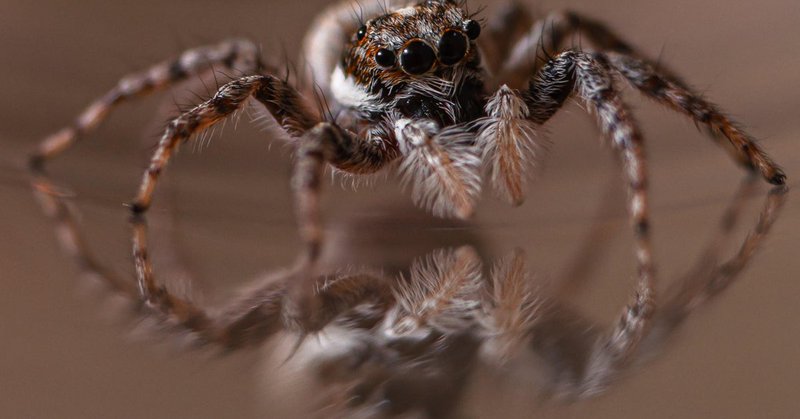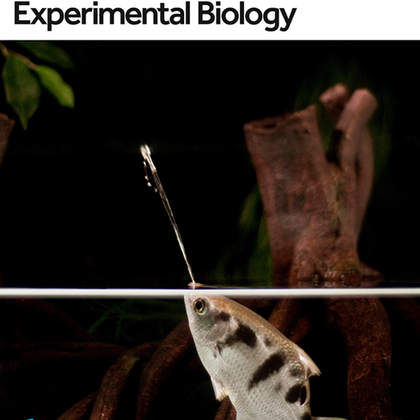
Massimo De Agrò
@Massimo_De_Agro
Followers
147
Following
32
Media
0
Statuses
25
I study arthropods behaviour and cognition, to understand how such tiny brains accomplish such marvellous tasks.
Trento, italy
Joined May 2016
RT @GoSocialAnts: Ever wondered what neuroactive chemicals do to ant learning? 🐜 🧠 💊 Check out our new preprint: or….
0
6
0
RT @RoesslerDaniela: Amidst terrible fomo seeing all the cool conferences, I’ve been dying to share the news of our latest discovery 🥳 You….
0
793
0
RT @preLights: The best things come in small packages: ants value segregated rewards over bundled rewards .By @lucynevard .on a preprint by….
0
2
0
RT @escbconference: 📣 Registration is now open for the 8th edition of the European Student Conference on Behaviour and Cognition . ‼️Deadli….
0
29
0
RT @escbconference: 📣The 8th European Student Conference on Behaviour & Cognition will be in Rovereto, 1-3 September 2022. It will be organ….
0
46
0
RT @escbconference: Dear Future Participants!.We are happy to announce, that the registration deadline is extended until 30th September! ht….
0
4
0
RT @PLOSBiology: Jumping spiders can distinguish animate from inanimate objects based solely on visual motion characteristics ("biological….
0
27
0
RT @sciam: A new study explores how jumping spiders see—and, more specifically, what they care about seeing. Understanding how their eyes….
scientificamerican.com
Jumping spiders see more in their periphery than previously known
0
34
0
RT @physorg_com: How spiders distinguish living from non-living using motion-based visual cues @plos @PLOSBiology
phys.org
Jumping spiders can distinguish living from non-living objects in their peripheral vision using the same cues used by humans and other vertebrate animals, according to a study publishing 15th July...
0
9
0
RT @RoesslerDaniela: Super excited for this work led by @Massimo_De_Agro to be published in @PLOSBiology today! .This study is the first de….
journals.plos.org
The body of most creatures is composed of interconnected joints, constraining their motion to a pattern known as “biological motion.” This study shows that jumping spiders can distinguish animate...
0
9
0
RT @eca2020hgw: Dear Arachnologists and friends of the European Society of Arachnology,.The deadline for contributions to the 32nd European….
0
6
0
RT @escbconference: Dear ESCBC folks!.We are very happy to announce that the ESCBC conference is finally back!.However, as the pandemic sit….
0
3
0
RT @gVallortigara: Our special issue @LuciaRegolin on RETHINKING COGNITION: FROM ANIMAL TO MINIMAL is out on Biochem and Biophys Res Com.ht….
0
23
0
RT @drspidernz: Our latest paper! Odour priming of a mosquito-specialist predator's vision-based detouring decisions. This has been publish….
0
15
0
RT @amwinsor1: Whether jumping spiders redirect their moveable, high acuity principal eye retinas to stimuli detected by the secondary eyes….
journals.biologists.com
Summary: Whether jumping spiders redirect their moveable, high acuity principal eyes to newly appearing stimuli detected by the secondary eyes is flexible and depends on characteristics of the...
0
5
0
Our pre-print about biological motion in jumping spiders is out! Come and check it!.
biorxiv.org
Over the last 50 years, point-light displays have been successfully used to explore how animals respond to dynamic visual stimuli—specifically, differentiation of the biological from the non-biolog...
0
1
9
RT @escbconference: Hello everybody! We would like to gladly inform you, that the next ESCBC will be at Budapest, Hungary! The organizing t….
0
2
0
RT @TheColeLab: Lab's new theory paper unifying biological & artificial neural nets via activity flow. Network coding (encoding/decoding) m….
0
33
0



